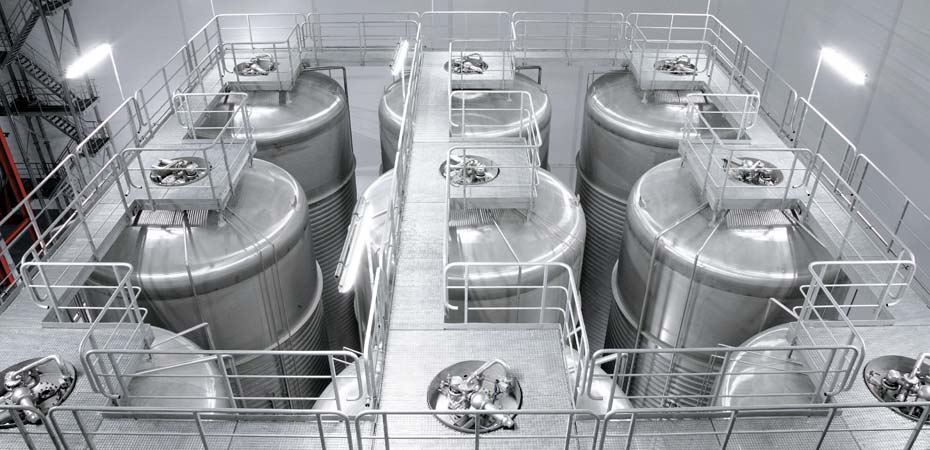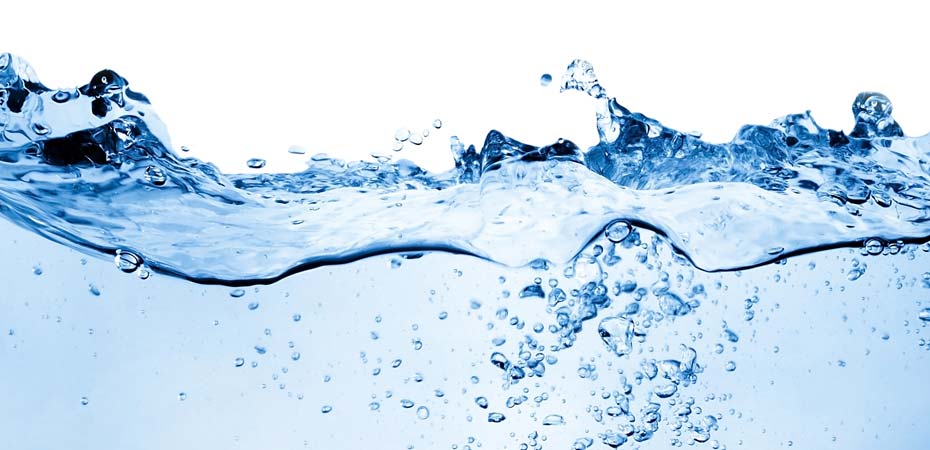
Orbital Cleaner Twister
See the function of the orbital tank washer Twister in our new animation. The orbital cleaner type Twister is designed for tank inside cleaning and stationary installation.


History
Breconcherry has been synonymous with high quality, innovative cleaning technology for 45 years. The story has its beginning in the town of Ledbury. The “Fury” orbital cleaner was developed there.

